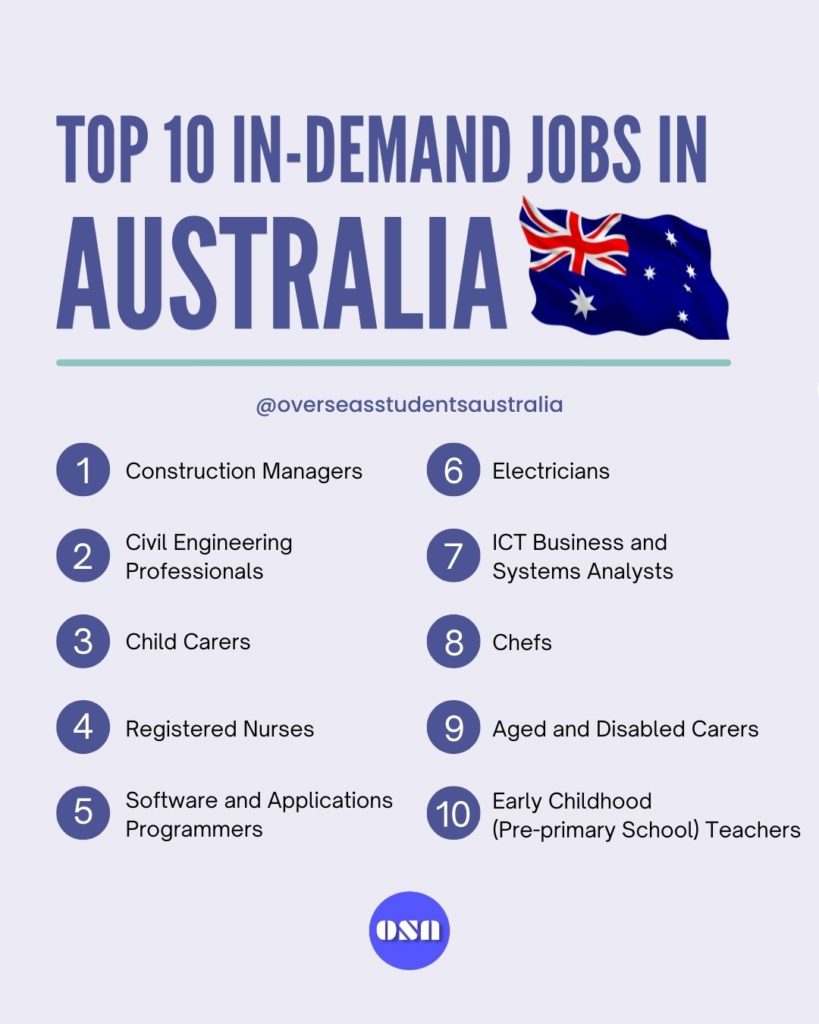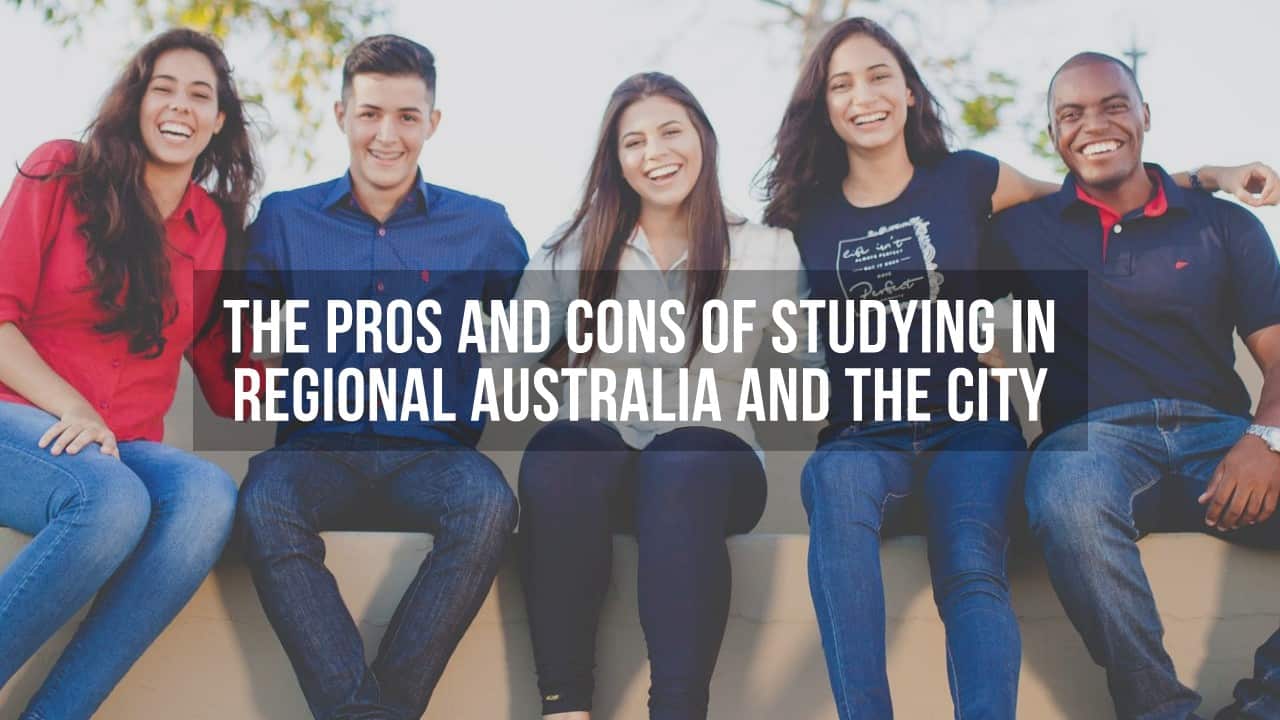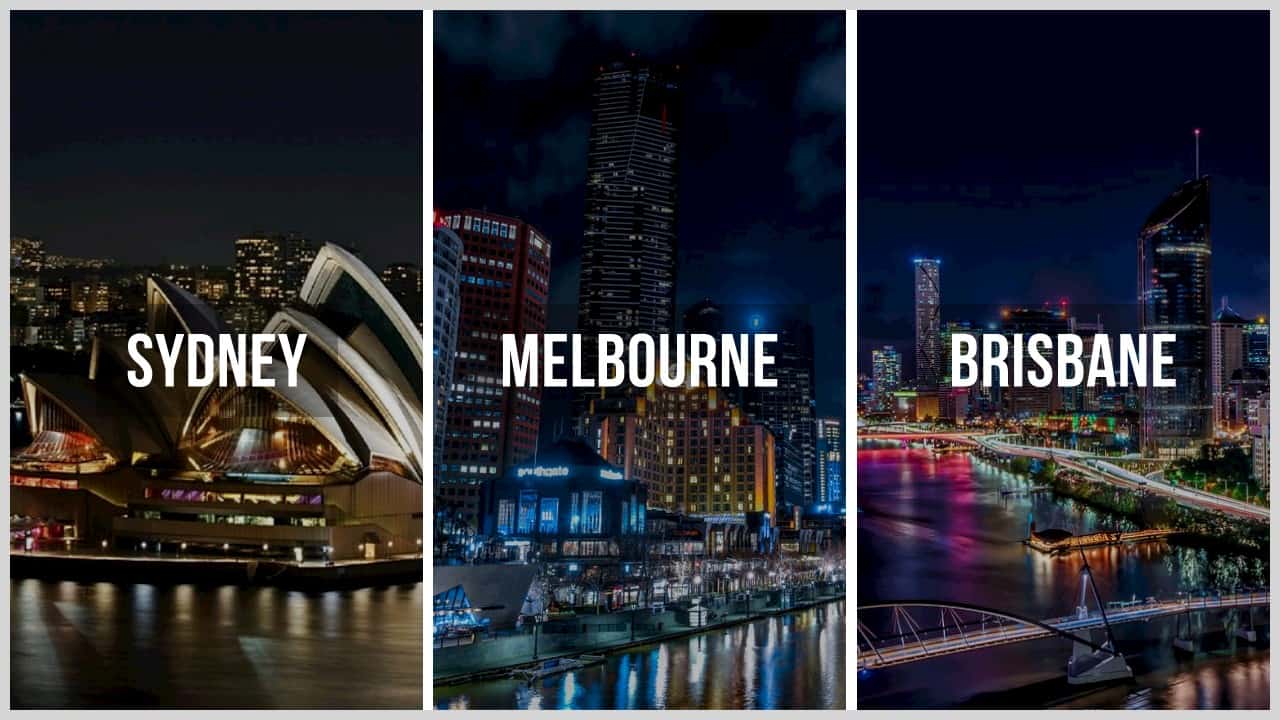Update: When will border reopen in Australia for international students?
“When will border reopens in Australia for international students?”
A 40 billion dollar question asked repeatedly by international students, agencies, universities and the state governments.
Since March 2020, Australian borders are closed to everyone except Australian citizens and permanent residents.
It is estimated that more than 100,000 international students are stuck outside Australia since the travel ban was introduced in March.
While many more new applicants are waiting for the borders to reopen so they can finally make their way to study in Australia.
So in this article, we will try to uncover some facts and information we know about the reopening of the Australian borders so far.
First group of international students has arrived in Australia
A group of 63 international students have arrived in Australia eight months after the border closure were annouced in March 2020.
A charter flight from Singapore which landed in Darwin, Australia on 30 November 2020 were carrying the students from 5 different countries including:
- China
- Hong Kong
- Indonesia
- Japan
- Vietnam
Students had to go through health screening before boarding the flight in Singapore.
They now will have to serve 14 days mandatory quarantine in Darwin before starting their study at Charles Darwin University.
The students paid the cost of the charter flight and the Charles Darwin University will be paying for the quarantine costs.
Other Pilot Programs to test international student arrival in Australia
As per the Education minister’s request, states and territories were asked to give their submissions for the safe arrival of international students in Australia.
But as reported by The Sydney Morning Herald, none of the states or terriory met the deadline for the international students quarantine plan.
South Australia
Because of the new outbreak of the COVID-19 in Adelaide, South Australian government has paused the pilot program to bring international students.
As per the previous update, Australian government was planning to reopen its border for 300 international students who will arrive in South Australia in early September.
Although, that program was pushed back due to international arrival concerns.
It is now known that students from the selected Asian countries (possibly students from Singapore, Japan, China, Thailand, Vietnam, Malaysia, Indonesia and Hong Kong) and they will meet in Singapore where a charter flight will take them to Adelaide in South Australia.
The students will be required to do a 14 days mandatory quarantine as per the requirement by Australian Government for returning travellers.
This Pilot program was proposed by 3 South Australian Universities (Adelaide University, University of South Australia and Flinders University).
This program will allow maximum of up to 160 students for Adelaide University, 90 for University of South Australia and 45 for Flinders University.
At the moment, students whose study was interrupted by COVID-19 will be allowed to return to Australia under these pilot programs.
You can find further details about the program here.
New South Wales
NSW’s government is working on their plans to bring international students back in Australia and is expected to give their submission by this week.
Australian Capital Territory
ACT is also expected to handover their plans by this week as well. ACT was one of the first place to propose international students’ arrival in July but the plans got delayed to rise in the number of cases in Victoria.
Norther Territory
After successful implementation of the first pilot project in Australia, NT’s government is planning to put their proposal to Australian Government this week.
Victoria
The plans are underway to work on the proposal submission for bringing international students back safely in Australia.
Queensland
Universities are working on a proposal along with Queensland government but there is no submission to the federal government yet.
Western Australia
There has been no specific timeline given by the Western Australian governement for the return of international students.
Tasmania
Tasmania have not provided any specific deadline as well.
Update on international student’s arrival in Australia
⚠️ Please note that these are the estimates and assumptions used in the budget 2020-21 by the Australian Treasury.
As per the Australian Treasury estimates, released in the Budget 2020-21, it is estimated that Australia’s international borders could reopen in later parts of 2021.
As per treasury, COVID-19 is a once-in-a-century shock economies all around the world. It has reshaped Australia’s economic and fiscal outlook as well.
The budget papers also added that “A gradual return of international students and permanent migrants is assumed through the latter part of 2021, with small, phased pilot programs beginning to return international students from late 2020”.
As per SBS, Better health outcomes in some of Australia’s major trading partners and the successful implementation of international student pilots could allow an earlier return of international students in 2021.
Australian Prime Minister Scott Morrison added that Australia will reopen its border when it is safe to do so.
Treasury also drew out the best case and the worst case scenario of border closures;
- The Best Case: Large number of international students returning from 1st July 2021 with COVID-19 under control and a vaccine rolled out at the same time.
- The Worst Case: Rolling breakouts of COVID-19 in Australia will result in strict containment measures which means delay in arrival of international students and tourists.
You can read the full budget documents and overview here.
What’s the situation in Australia?
Update: Victorian government has relaxed some restrictions from 28th September as the COVID-19 cases continue to fall. More details are here.
It has been very challenging times for everyone during this pandemic around the world.
In general, Australia has managed to control the spread of the virus really well with it’s strict lockdown measures.
Most of the states and territories in Australia are reporting very little to no cases over the last few months except Victoria.
The second wave of the Covid 19 in Victoria impacted the planned recovery for the most of the country. It also led to the postponement of the pilot program to bring international students back in Australia.
We discussed about that program here:
Factors that can affect the reopening of Australian borders
Now, how soon or late the Australian borders reopen will depends on few factors like:
- How the second wave of the Covid situation pan out in Victoria
- Any further outbreaks in other parts of Australia
- How quickly the vaccine is ready for this virus
- How the virus is controlled and managed globally
- How willing Australian government is to take a risk for the economy to let international students come in from overseas.
There could be some other unknown factors as well which impact the reopening of the borders in Australia as it is a continuously evolving situation.
Estimated time frame for Borders Reopening
We wish we had the crystle ball to predict the exact dates of reopening of the border.
There is no official announcement of the dates of reopening of the Australian borders yet. It is hard even for the Australian Government to predict when the borders might reopen.
However, in one of the interviews, Australian Prime Minister, Scott Morrison mentioned that Australian borders will not reopen at least until the end of the year. It means that we don’t expect the international travel to restart at least until 2021.
Further to add, Simon Birmingham, Australian Tourism Minister have previously admitted that we might be looking around mid next year (July 2021) before the borders fully reopen.
Let’s say, even if the pilot project to bring international students in September 2020 is successful, we still don’t see thousands of other students coming back this year.
There could be a possibility that other states and territories might run similar pilot programs, especially ACT and Queensland before the end of the year.
So it safe to say then that International students can come back to Australia in the first semester of 2021? Well, very hard to predict that too.
What should I do?
Since Australian Government announced some changes to the student visas in July 2020, it is clear that granting of visas to international students will recommence.
It will allow students to travel to Australia when the borders reopen. If you don’t mind studying online from offshore, then you can do that till the time borders reopen.
Also, if you are still planning to apply for studying in Australia and you are in a position to do so, then you might consider to apply for a July 2021 or November 2021 intake to be on the safe side.
That being said again, no one knows how the situation will evolve in the next few months.
So, the best thing is to keep yourself updated with the news from trusted sources like ABC and also Department of Home Affairs.
You can also follow us on Facebook or Instagram as we will post the updates as soon as we get more info over there or sign up for our monthly newsletter.
Well, we hope you got some value from this article and we will keep updating this article as soon as we get further updates regarding that.
Stay tuned!













